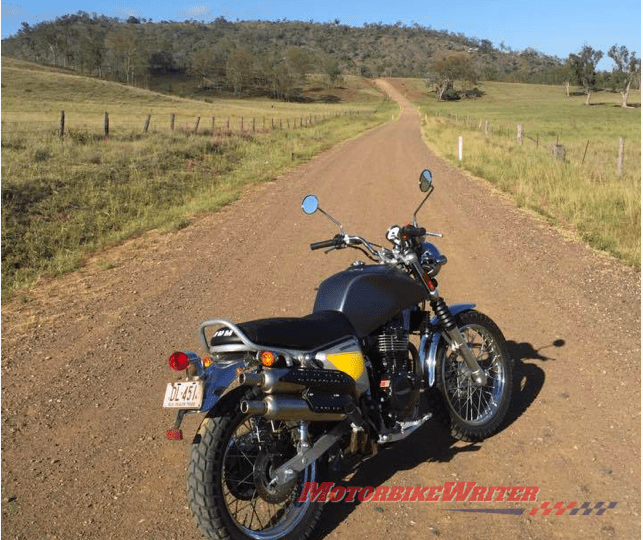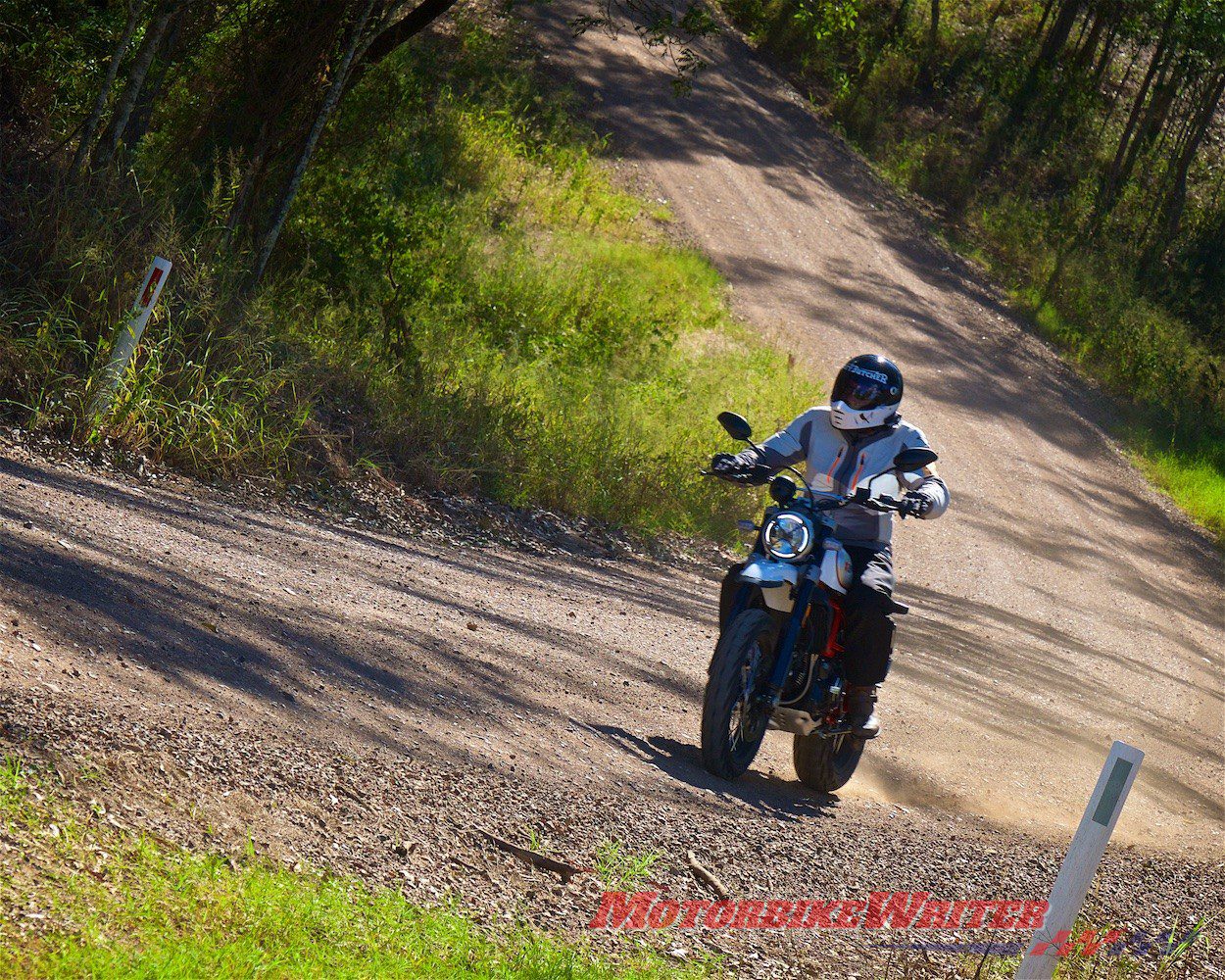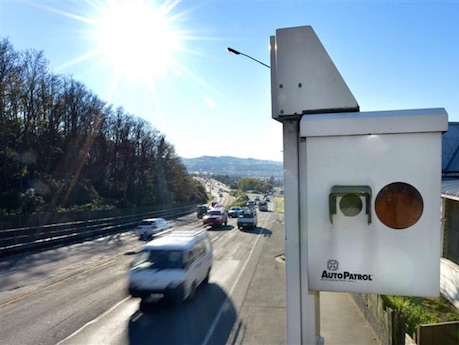A major road safety summit has suggested speed limits on Australia’s unsealed country road network be reduced from 100km/h to 80km/h.
The suggestion came at a Victorian Road Trauma Summit convened last week, but has been a hobby horse of Victorian Assistant Police Commissioner Doug Fryer for several years as this 2017 video shows.
The summit was told C roads (minor unsealed roads) have the highest number of fatalities.
It is reported there was general agreement that lowering the speed limit on many country roads was the solution to reducing the road toll in regional areas.
However, it must be in partnership with regional communities so they understand the long-term view.
The state government’s summit included experts from the TAC, VicRoads, VicPol, MUARC, RACV, Road Trauma Support Services Victoria and cycling and motorcycle advocates including the Victorian Motorcycle Council and the Motorcycle Expert Advisory Panel.
Other suggestions at the summit included:
- Time limits be applied to motorcycle licences with retraining for returned riders to reduce the perceived high incidence of crashes;
- Another 3000km of main roads to be treated with flexible wire-rope barriers;
- More random drug and alcohol testing; and
- More than 50% increase in speed camera time and or technology.
Country road limit
The proposal to reduce speed limits on tens of thousands of kilometres of country road follows a 2018 report by the International Transport Forum that studied data from 10 countries including Australia.
It suggested any country road without a median barrier should have a 70km/h speed limit.
The report found that crashes, injuries and fatalities decreased when speed limits were dropped and speed camera use increased.
According to a scientific formula, it showed that every 1% increase in average speed resulted in a 2% increase in all injury crashes, a 3% rise in fatal and severe crashes and 4% more fatal crashes.
It not only recommended the 70km/h rural roads speed limit, but also 30km/h in city streets with high pedestrian use and 50km/h on urban roads.
Their recommended speed limits are based on the “Safe System” principles that speed should be set “at a level that humans can survive without dramatic consequences in case of a crash”.
The report also noted that “lower driving speeds generally improve citizens’ quality of life, especially in urban areas”. They also reduce emissions, fuel consumption and noise, it said.
Reducing speed limits on rural roads to 70km/h may be understandable in some densely populated countries.
But in our sprawling nation, it would bring our transport system and our economy to a halt.
It may also sound the death knell for motorcycling as many riders concerned about the heavy use of speed cameras have sold their sports bikes and bought adventure bikes to explore the more remote country road network.
Australian case study
The Australian case study was based on data from 1997 to 2003 where urban speed limits dropped from 60km/h to 50km/h (except in the Northern Territory) and speed camera use increased.
It found that the mean speed decreased by 0.5km/h, while the total number of crashes decreased by 25.3% and the number of persons injured by 22.3%.
There were differences between states:
- NSW mean speed reduction of 0.5-0.9km/h resulted in a 22% casualty crash reduction;
- Victoria 2-3km/h reduction resulted in a 12% reduction;
- Perth 0.3km/h led t a 21% drop;
- Regional Western Australia 3km/h – 16%;
- South Australia: 3.8km/h and 2.1km/h drop on unchanged arterials ed to a 23% crash drop; and
- Queensland there was no relevant crash data for the 6km/h mean speed drop.
The study also found that the reductions in the proportions of vehicles exceeding 60, 70 and 80km/h speed limits were more substantial than the reduction in mean speed.
It accredited this to strong enforcement of urban speed limit reductions.
Covert cameras
The study also suggested that covert speed cameras were most effective in cash reduction, based mainly on statistics from Victoria which leads the country in speed camera revenue:
Looking at severe crashes, the covert use of mobile speed cameras in Victoria, Australia, has been shown to be very effective in reducing injury crashes and fatal outcomes (Cameron and Delaney, 2008). Recent research has also shown that only 7% of injury crashes in Melbourne are now attributable to high-level speeding, compared with 24-34% in other Australian major cities where mobile cameras are operated less effectively (Cameron, 2015).





